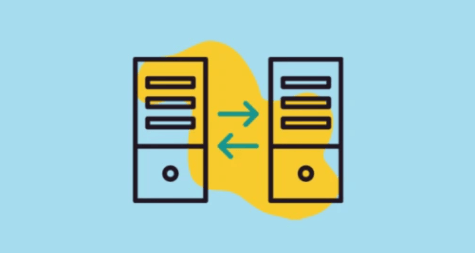What software is used for peer-to-peer file transfer in enterprises
In the digital age, businesses frequently need to transfer various files, such as design drawings, video materials, and contract documents. These files are usually large in size, and traditional file transfer methods such as email, cloud drives, and USB drives have limitations in terms of efficiency and security. To solve these problems, peer-to-peer (P2P) technology is gaining popularity in businesses as a choice of high efficiency and security for the new age.
The Rise of Peer-to-Peer File Transfer
Traditional file transfer methods are slow when transferring large files and are prone to network congestion. Moreover, these methods usually involve third-party servers, which increases the risk of data leakage. Peer-to-peer file transfer technology, however, avoids these problems by directly transferring files from the sender to the receiver. It uses distributed network nodes for file sharing, improving transfer efficiency, reducing dependence on a single server, and enhancing transfer stability.
Commonly Used Peer-to-Peer File Transfer Software for Businesses
There are several peer-to-peer file transfer software options available on the market for businesses to choose from. For example, Resilio is popular for its simple user interface and stable transfer performance; FilePizza is known for its fast transfer speed and ease of use. However, this software may fall short in some respects. In comparison, Raysync, as a professional file transfer tool that combines P2P technology with advanced bank-grade AES-256 encryption technology, provides a one-stop large file transfer solution.
Advantages of Raysync
Raysync has significant advantages in peer-to-peer file transfer.
1. Raysync uses its proprietary Raysync protocol to achieve high-speed, stable file transfers, enabling large files to be transferred in a short time. Raysync supports breakpoint resume and error retransmission functions, ensuring the integrity of files even in unstable network conditions.
2. Raysync provides bank-grade AES-256 encryption technology, ensuring data security during transfer.
3. Raysync supports multi-platform operation, including Windows, Linux, and MacOS, allowing businesses to seamlessly transfer files between different operating systems.
4. Apart from its technological advantages, Raysync also has excellent ease-of-use and compatibility - business users can easily transfer files through a simple interface without the need for professional IT knowledge.
5. At the same time, Raysync can provide integration methods such as SDK, HTTP API, command line, and network proxy, which can be seamlessly integrated with existing business systems, making it convenient for businesses to integrate file transfer functions into existing business processes.
Conclusion
As businesses' demand for efficient and secure file transfer continues to grow, choosing the right software tool is crucial. With its efficiency, security, ease of use, and strong compatibility, Raysync provides an excellent file transfer solution for businesses. By using Raysync, businesses can improve file transfer efficiency and secure their data, maintaining a leading position in the fierce market competition. In the pursuit of efficiency and security, choosing Raysync as the solution for peer-to-peer file transfer in businesses is a wise move.
You might also like
Raysync News
November 3, 2023Raysync is back with a new feature update, check it out
Raysync is back with a new feature update, check it out and see what’s new!

Raysync News
June 17, 2022Top 5 File Synchronization Software for Windows 11
This article details several file sync methods for Window 11, how to choose the most effective file sync method? Click to learn more!

Raysync News
November 27, 2020How to Preserve Office Security When Staff Leave?
File backup: In the era of big data, small groups, enterprises, companies and large groups all produce a large amount of data in the process of development.